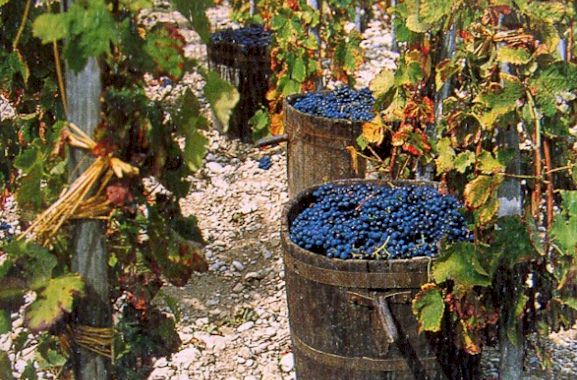The additional production should keep prices stable so watch for the Gallo Nero label of Chianti Classico 2015 when the wine reaches the shops in spring next year. The Riserva will appear on the market starting from late 2016.
As with all Chianti Classico wine, cellar your bottles for 5 to 6 years, not more. Some can be drunk even sooner, but they should not be kept for much longer than that period. In contrast to claret, for example, Chianti Classico is best consumed quite young.
Tuscan Extra Virgin Olive Oil harvest 2015
Based on my olive trees and those I have seen in central Chianti, this year's olive oil production in Tuscany will be infinitely better than the disastrous harvest of 2014. It looks as if it was cold enough during winter to inhibit the life cycle the Bactrocera oleae, the fruit fly that lays its eggs in the olives whence, eventually, the larvae eat their way out, destroying the fruit. Four days of frost kill the eggs. Last winter was the warmest on record in Tuscany and was followed by warm, humid conditions, ideal for fruit flies.
Until now the bacterium that is wiping out olive trees in southern Italy has not made an appearance in Tuscany. Xylella fastidiosa is a bacterium carried by aphids and has spread quickly through the olive trees of Apulia. This is particularly tragic because some of the olive trees there, in contrast to those in Tuscany, are up to a thousand years old. We are praying that the disease is brought under control before it spreads to Tuscany.
Tuscan wine tours and winery vacation rentals.
|
Author: Anna Maria Baldini


